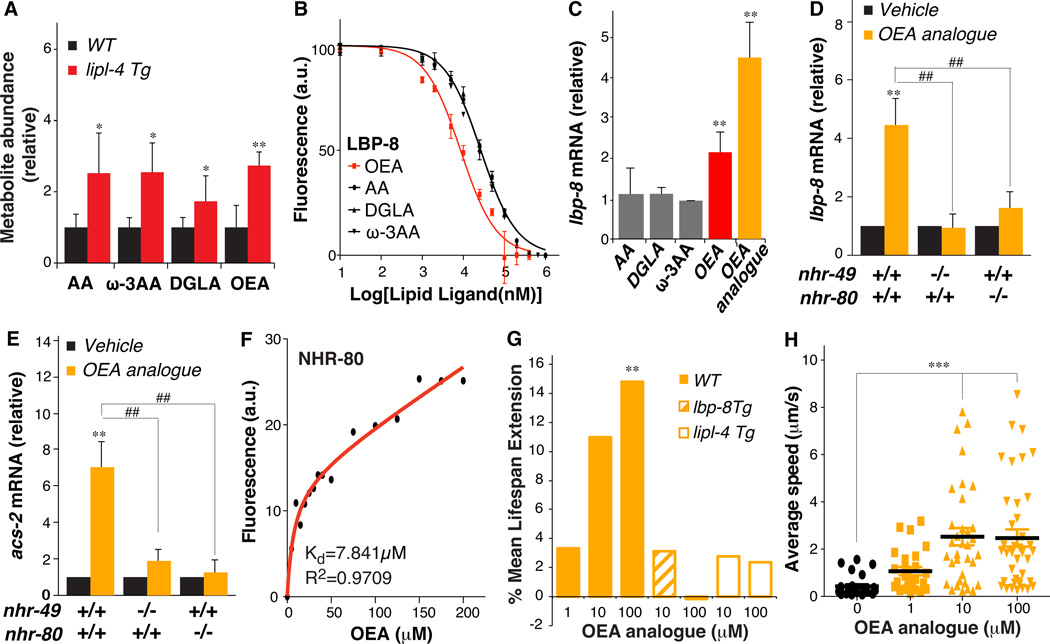Figure 4. OEA activates nuclear receptors and promotes longevity.
(A) Increased levels of arachidonic acid (AA), ω-3 arachidonic acid (ω-3 AA), dihomo-γ-linoleic acid (DGLA), and oleoylethanolamide (OEA) in lipl-4 Tg compared to WT, *p<0.05; **p<0.001, Welch’s t-test. (B) Decreased fluorescence derived from binding of 1-anilinonaphthalene-8-sulfonic acid (1,8-ANS) to LBP-8 by increasing OEA, AA, DGLA, and ω-3 AA competition. OEA has 3-fold higher binding affinity than the other lipids. (C) lbp-8 mRNA amounts are increased in WT supplemented with OEA or OEA analogue, but not AA, DGLA or ω-3 AA, **p<0.01, Student’s t-test. (D and E) mRNA amounts of lbp-8 and acs-2 are increased by OEA analogue supplementation in WT, but not in the nhr-49(nr2041) or nhr-80(tm1011) mutant. **p<0.01, Student’s t-test. ##p<0.01, two-way ANOVA. (F) The intrinsic fluorescence intensity of GST-NHR-80 fusion proteins is decreased with increasing concentration of OEA (dissociation constant (Kd) of the binding reaction, 7.841 ± 4.065µM). (G) Supplementation of OEA analogue increases mean lifespan in WT, but not in lipl-4 Tg or lbp-8 Tg. **p<0.01, Log-rank-test. (H) Mean locomotion velocity is increased in WT treated with OEA analogue at age day 18. ***p<0.0001, Student’s t-test.
Error bars represent SD.

